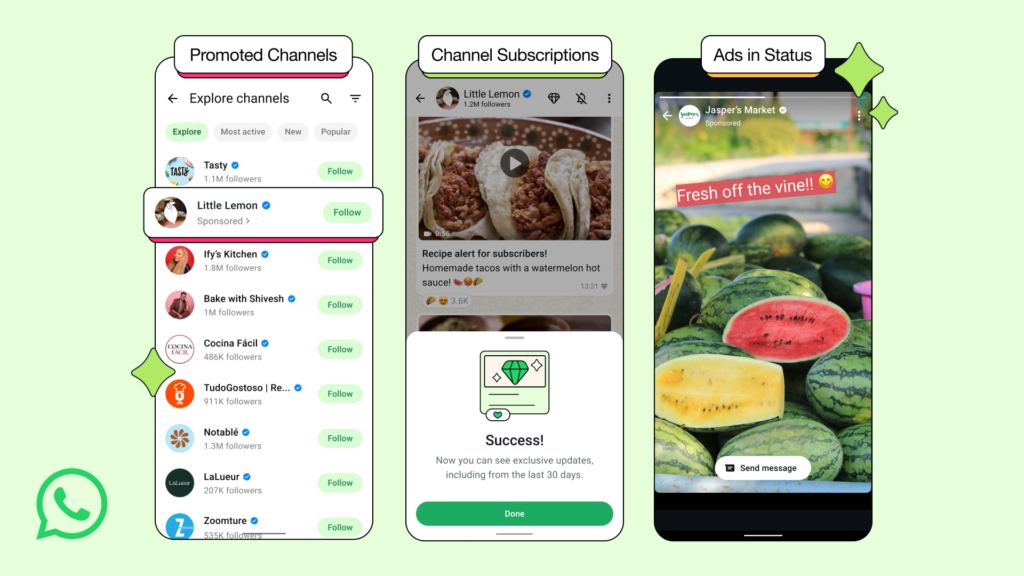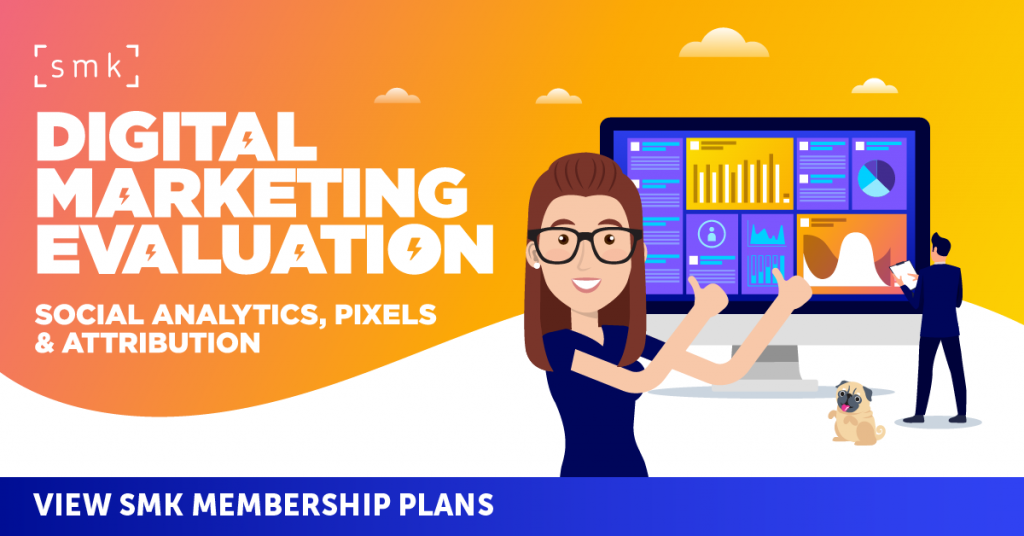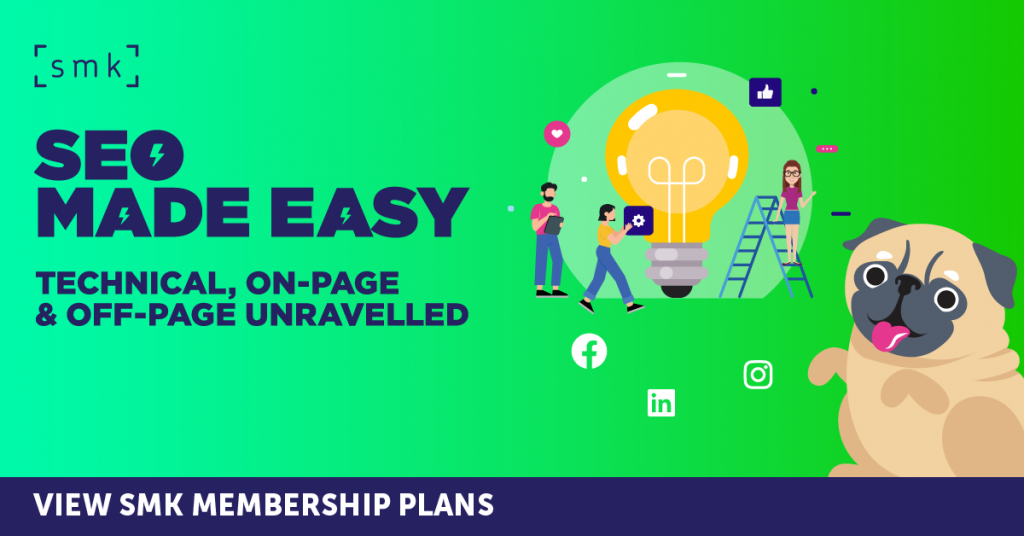Meta has launched a major monetisation push for WhatsApp, introducing native advertising and paid subscriptions within the app’s Updates tab. This is the first time Meta has embedded ads directly into WhatsApp since acquiring the platform in 2014.
Until now, the only way marketers could use WhatsApp at scale was via Click-to-Message (CTM) ads placed on Facebook or Instagram. These ads encourage users to start a WhatsApp chat with a brand, offering an indirect but effective way to drive engagement. In 2023, Meta reported its Click-to-Message ad products were generating over $10 billion annually across Messenger, Instagram Direct, and WhatsApp, with WhatsApp forming a growing share of that total.
Now, Meta is moving beyond this referral model, positioning WhatsApp as a direct media channel in its own right.
The Updates Tab Becomes a Monetisation Layer
The WhatsApp Updates tab, introduced in 2023, has quickly become a high-traffic area of the app. It houses both Status updates (short-form stories, similar to Instagram) and Channels, which deliver one-to-many broadcasts from creators, publishers, and organisations. Meta says the Updates tab now reaches 1.5 billion daily users globally.
With this latest update, Meta is unlocking three commercial features within the Updates tab:
-
Channel Subscriptions
Users can now subscribe to Channels for a monthly fee, giving creators and organisations a recurring revenue stream. This mirrors subscription models used on Telegram, YouTube, and Instagram, and allows followers to access exclusive content from news outlets, influencers, and niche communities. -
Promoted Channels
For the first time, Channel admins can pay to boost their visibility inside the WhatsApp directory. This gives businesses and creators the ability to grow their following without relying on promotion via external platforms. -
Ads in Status
Ads will now appear within the Status section, between user-generated story content. These display-style placements are the first native ad inventory within WhatsApp and enable brands to drive direct engagement without sending users elsewhere.
All commercial content is strictly confined to the Updates tab, ensuring personal chats remain untouched. Meta is presenting this as a clean separation between commercial and personal experiences, in line with long-standing user expectations.
A New Direct Channel for Marketers
This move marks a strategic shift for marketers. WhatsApp is no longer just an endpoint for CTM ads. It is now a self-contained media platform, offering inventory, discovery, and subscriptions entirely within the app.
For brands and advertisers, this opens up three new opportunities:
-
In-App Reach
Instead of relying solely on Facebook or Instagram to push traffic into WhatsApp, advertisers can now meet users where they already are. With 1.5 billion people engaging with the Updates tab daily, the potential for native visibility is significant. -
Conversational Commerce
Ads in Status offer a new way to initiate real-time, one-to-one customer interactions. By allowing users to start a WhatsApp chat directly from an ad, brands can move seamlessly from awareness to engagement, particularly in regions where WhatsApp is a preferred channel. -
Audience Building via Channels
Promoted Channels and paid subscriptions give marketers tools to build long-term audiences. Whether used for content marketing, loyalty, or direct-to-consumer sales, Channels offer a fresh take on CRM in a messaging-first environment.
Privacy Commitments Remain Central
Meta is acutely aware of user sensitivity around privacy on WhatsApp. The company has reiterated that personal messages, calls, and groups will not be used to determine which ads users see.
Instead, ad targeting will rely on limited, non-invasive data points such as:
-
Country or city
-
Language settings
-
Channels followed
-
Interactions with ads in Updates
For users who have opted into Meta’s Accounts Center, broader ad preferences from Facebook and Instagram may also apply. However, Meta has committed never to share phone numbers with advertisers or use message content to serve ads.
As Nikila Srinivasan, VP of Business Messaging at Meta, explained, “We’ve been talking about our plans to build a business that does not interrupt your personal chats for years, and we believe the Updates tab is the right place for these new features to work.”
A Long-Term Strategic Bet
Meta has long considered messaging to be the next frontier of digital advertising. CEO Mark Zuckerberg described messaging as the next “pillar” of Meta’s business, highlighting it during earnings calls and public investor updates.
The company’s long-term vision is now materialising. WhatsApp has already surpassed three billion monthly active users, making it one of the most used apps globally. With Status and Channels drawing huge daily engagement, Meta is finally in a position to monetise WhatsApp natively without compromising its core user experience.
What Marketers Should Do Next
Senior marketers should begin incorporating WhatsApp into media planning, not just as a conversion tool, but as a full-funnel channel. Early movers will benefit from:
-
Low competition in ad inventory while rollouts are still limited
-
Strong engagement, particularly in emerging markets and mobile-first demographics
-
Seamless transitions from awareness to conversation to conversion
Rollout of these features will be gradual over the coming months. Businesses and Channel admins can already explore onboarding, with Meta offering guidance for setup and best practices.
Meta’s move to monetise the WhatsApp Updates tab is not just a feature update, it’s a platform shift. For over a decade, WhatsApp has operated as a messaging utility. Now, it is stepping into the role of a commercial media environment.
For marketers, the opportunity lies in treating WhatsApp not as a traffic endpoint, but as a destination. Messaging is no longer just support or CRM. It’s becoming a front-line channel for discovery, engagement, and growth.




RECOMMENDED FOR YOU
LinkedIn Streamlines B2B Influencer Marketing
LinkedIn has introduced a more intuitive way for brands…
LinkedIn has introduced a more intuitive way for brands…
Meta Adds New AI Tools To Supercharge Lead Gen
Meta is rolling out a wave of updates to…
Meta is rolling out a wave of updates to…
Meta Announces Business AIs For Brand Websites
Meta is moving further into the AI assistant space…
Meta is moving further into the AI assistant space…